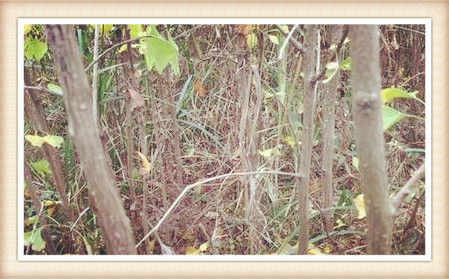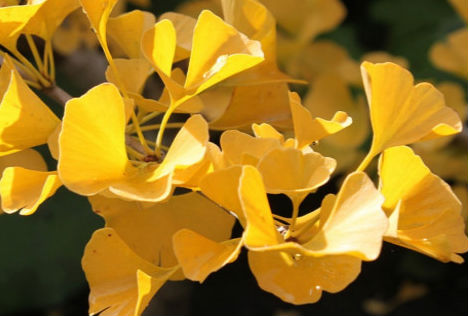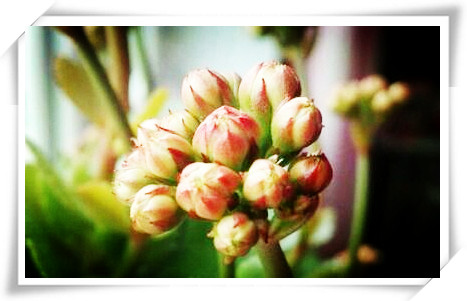Harm regularity and control methods of leaf mites in main diseases and insect pests of deciduous trees and ginkgo biloba trees
Ginkgo is a large deciduous tree with a DBH of up to 4 meters. The fruit of ginkgo is commonly known as ginkgo, so ginkgo is also known as ginkgo. The ginkgo tree grows slowly and has a very long life. Under natural conditions, it takes more than 20 years from planting to bearing ginkgo fruit, and it takes 40 years to bear a large amount of fruit. Therefore, some people call it "Gongsun tree", which means "the male species and the sun gets food." it is the old birthday boy in the tree, with ornamental, economic, medicinal and other values.
Although ginkgo trees can live for thousands of years, they are often attacked by leaf mites.
First, the harm law of leaf mites:
The main local leaf mites harmful to Ginkgo biloba are Hawthorn spider mites. After overwintering, the spider mites are harmful to sting from March to April, and the number is very small in the early stage. Because there are many natural enemies in some courtyards, leaf mites are often eaten cleanly, some courtyards have no leaf mites overwintering, leaf mites harm other fruit trees earlier, and then transfer from other fruit trees to ginkgo trees. Leaf mite damage can be seen on the leaves of ginkgo trees in the courtyard in June. The damage peak is from July to August, and the damage can last until September. From September to October, leaf mites survive the winter in various insect states. The leaves became pale after being damaged, scorched in severe cases, and fell off in the early stage. Affect the growth, fruit and tree potential of Ginkgo biloba.
II. Prevention and control methods
1. Artificial control: the upper leaf mite of Ginkgo biloba, which is less harmful in summer, overwinters late, generally overwintering in the soil cracks in the lower part of the tree trunk, and new soil is used to bury the leaf mites in the ground around the tree trunk in winter to prevent the tree from being unearthed in spring. In autumn and winter, the withered branches, fallen leaves and weeds of ginkgo biloba were cleaned in the courtyard, burned out of the hospital, and the overwintering base of leaf mites was reduced.

2. Chemical control: for the overwintering ginkgo trees with spider mites, 0.3 °Be stone sulfur mixture can be sprayed 1-2 times after the spider mites come out of the sting in spring to kill the spider mites. The harm of spider mites is very serious from July to August. When the natural enemies fail to effectively control the harm of spider mites, they can spray 3000 times the suspension of 20% mite death. When there are many natural enemies of leaf mites in trees, and when there are pests such as diamondback moths and diamondback moths that harm leaves, do not spray highly toxic pesticides that kill natural enemies. Biological pesticides or other low-toxic pesticides that do not harm natural enemies can be used to control other pests.
3. Biological control: there are many kinds of natural enemies to control the harm of leaf mites, including thrips, lacewings, mite-eating ladybugs, spiders and so on. According to the observation for many years, the dominant natural enemy of the local control of spider mites is the six-point thrips.
In some years, the harm of leaf mites on Ginkgo biloba is more serious, but the thistle of Tarim six-spot is less, so we can also use the method of helping to move the thrips of bean, eggplant and other crops in farmland to the parts where there are more leaf mites on Ginkgo biloba. Pick some leaves with a large number of thrips on the ginkgo tree and put them on the ginkgo tree in time to control the harm of leaf mites.
Third, precautions for the prevention and control of leaf mites: when leaf mites harm ginkgo, thrips should not spray pesticides that kill natural enemies on ginkgo when they prey on leaf mites. In addition, leaf mites can only be eaten clean by natural enemies in Ginkgo biloba for a period of time. Leaf mites do some harm to leaves from June to July, but do not rush to spray before causing serious harm, and observe the activities of natural enemies of leaf mites. When the ratio of thrips to adults is 1: 5, chemical control can be used to control the harm of leaf mites in time.
Time: 2019-04-12 Click:
- Prev

What kind of flowers and trees are suitable for planting in acidic soil?
Soil is the basis for the growth of soil-cultured plants, each plant has different requirements for soil, not any soil to eat, to consider the degree of fertility and acidity and so on, then acidic soil is suitable for planting what flowers and trees? What kind of flowers are suitable for growing in acidic soil? every important holiday, someone always complains that his hands eat the soil.
- Next

Control techniques of flower aphids, red spiders, shell insects, blight, rust and powdery mildew
The temperature in spring is warm and cold, and the air humidity is high. At present, the occurrence of crop diseases and insect pests is moderately heavy, and there are many diseases and insect pests in flowers. Generally, there are several kinds of serious damage in 45 months: blight, when the temperature reaches 20 ℃.
Related
- Fuxing push coffee new agricultural production and marketing class: lack of small-scale processing plants
- Jujube rice field leisure farm deep ploughing Yilan for five years to create a space for organic food and play
- Nongyu Farm-A trial of organic papaya for brave women with advanced technology
- Four points for attention in the prevention and control of diseases and insect pests of edible fungi
- How to add nutrient solution to Edible Fungi
- Is there any good way to control edible fungus mites?
- Open Inoculation Technology of Edible Fungi
- Is there any clever way to use fertilizer for edible fungus in winter?
- What agents are used to kill the pathogens of edible fungi in the mushroom shed?
- Rapid drying of Edible Fungi

